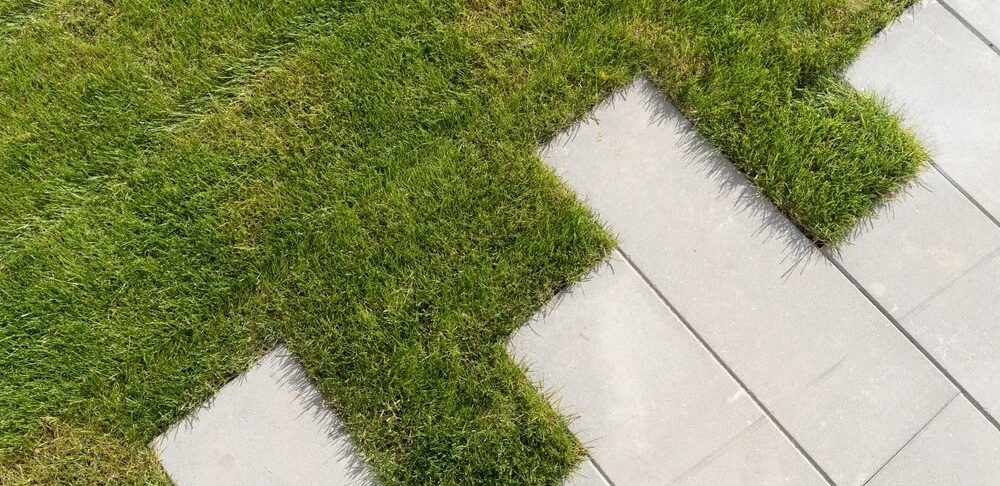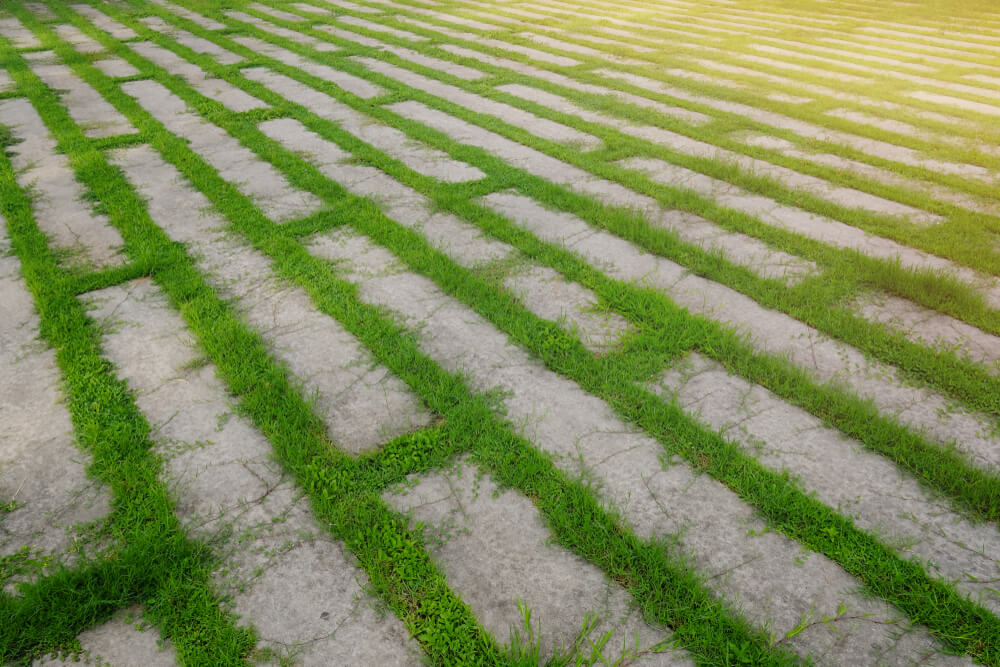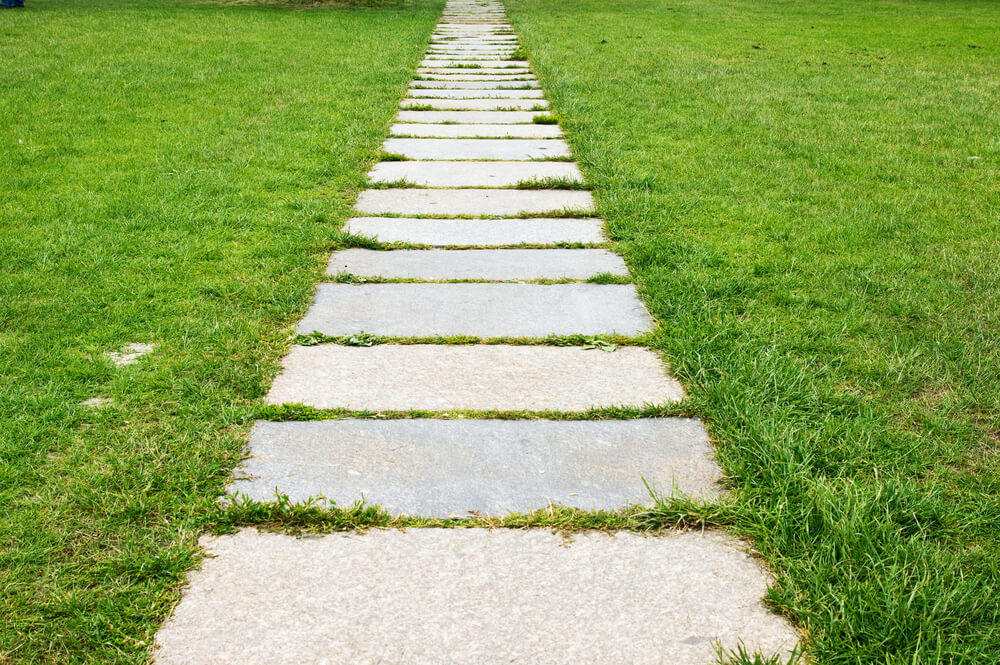Concrete gets used to create several things in cities in towns, including roads, driveways, and parking lots. It will remain one of the most essential materials in society as long as cars are prevalent.
Despite its importance and widespread use, many people aren’t familiar with how it works. They understand what concrete is but not what to do and avoid. Can you pour concrete over grass? We will answer that question and more in the sections below.
Should You Pour Concrete Over Grass?
Although concrete is primarily used for large government projects throughout cities, like roads, it can also get used by individuals. People can use it on their property to build driveways and walkways. While some might be tempted to pour it on the grass to save time, you should avoid doing so. Pouring concrete slabs on grass can crack easily because of the influx of moisture over time.
Furthermore, there is less support because the vegetation beneath lacks rigidity. As a result, the extra weight from people or cars will cause the concrete to weaken.
Are There Benefits to Pouring Concrete Over Grass?
While it is not ideal to pour concrete over grass, there are some benefits. Notably, there is less labor in preparation work. If you do not need to remove the grass, you must spend less time preparing for the project. Additionally, since there is less preparation and you are not removing the grass, you will spend less money on materials. All these things combine to make it take less time to complete the project.
While all of these things are appealing, it is crucial to avoid short-sightedness. Sometimes it is crucial to take extra time and spend more money now to not waste time and money later. You will indeed save money and time by not removing the grass. However, the concrete will wither and crack more quickly when the grass is beneath it. So, you will need to replace it sooner.
Why Should You Avoid Pouring Concrete Over Grass?
The number one reason you should avoid pouring concrete over grass is subsidence. Subsidence is when the ground under your property sinks. When it sinks, it pulls the foundations down with it. This process can cause walls and floors to shift. Although the shifts will not be visible, they can result in cracks and destabilization of the structure.
Pouring concrete over vegetation, including grass, can increase the pace at which subsidence occurs. As a result, you will notice damage sooner and you’ll need to do a lot of maintenance. Furthermore, pouring concrete over grass can cause air pockets. Air pockets will put stress on the concrete and lead to cracks.
Additionally, without putting a barrier between the concrete and soil, moisture can easily get into the concrete and destabilize it. When water gets into concrete, the rebar within it starts to rust. Sadly, nothing can stop the force of expansion once concrete starts to rust. Cracks will form rapidly, and entire concrete slabs will need to get replaced.
Several issues can arise as a result of putting concrete over grass. However, they all come back to causing cracks and destabilization in the concrete. So, it is better to spend more time installing it properly to avoid needing to replace it.
How to Prepare a Grass Area for Pouring Concrete
If you want to pour concrete on an area with grass, there are things you need to do first. Here are the steps you should follow:
- Purchase a shovel and remove all grass from the area you will pour concrete. Do not leave small patches behind, and remove the grass.
- Dig out and remove any roots and rocks in the ground that could cause problems with the concrete.
- Add a layer of sand or gravel. Compact it thoroughly to ensure the surface is level.
- Put down a layer of plastic. Doing so helps keep moisture from the soil from entering the concrete.
- Install a wooden box to hold the concrete and help it keep its shape.
- Lay down tarps around the area to protect your law from spillage.
- Install a layer of rebar, so the concrete has something to bind with. Rebar helps give concrete rigidity.
- Mix cement, gravel, and sand.
- Pour the mixture into your wooden boxes until it is around four inches thick.
- Give the concrete 24 to 36 hours to dry before walking or driving on it.
- Remove the tarps and all other materials to reveal the finished project.
Save Yourself Money By Avoiding Pouring Concrete Over Grass
Pouring concrete on grass is a shortsighted decision. It will save you time and money in the short term but hurt you over time. Instead, take the time to remove the grass before pouring concrete. Contact Richfield Concrete today to learn more about pouring concrete over grass.







